Paestum ( PEST-əm, US also PEE-stəm, Latin: [ˈpae̯stũː]) was a major ancient Greek city on the coast of the Tyrrhenian Sea, in Magna Graecia. The ruins of Paestum are famous for their three ancient Greek temples in the Doric order dating from about 550 to 450 BC that are in an excellent state of preservation. The city walls and amphitheatre are largely intact, and the bottom of the walls of many other structures remain, as well as paved roads. The site is open to the public, and there is a modern national museum within it, which also contains the finds from the associated Greek site of Foce del Sele.
Paestum was established around 600 BC by settlers from Sybaris, a Greek colony in southern Italy, under the name of Poseidonia (Ancient Greek: Read more
Paestum ( PEST-əm, US also PEE-stəm, Latin: [ˈpae̯stũː]) was a major ancient Greek city on the coast of the Tyrrhenian Sea, in Magna Graecia. The ruins of Paestum are famous for their three ancient Greek temples in the Doric order dating from about 550 to 450 BC that are in an excellent state of preservation. The city walls and amphitheatre are largely intact, and the bottom of the walls of many other structures remain, as well as paved roads. The site is open to the public, and there is a modern national museum within it, which also contains the finds from the associated Greek site of Foce del Sele.
Paestum was established around 600 BC by settlers from Sybaris, a Greek colony in southern Italy, under the name of Poseidonia (Ancient Greek: Ποσειδωνία). The city thrived as a Greek settlement for about two centuries, witnessing the development of democracy. In 400 BC, the Lucanians seized the city. Romans took over in 273 BC, renaming it Paestum and establishing a Latin colony. Later, its decline ensued from shifts in trade routes and the onset of flooding and marsh formation. As Pesto or Paestum, the town became a bishopric (now only titular), but it was abandoned in the Early Middle Ages, and left undisturbed and largely forgotten until the eighteenth century.
Today the remains of the city are found in the modern frazione of Paestum, which is part of the comune of Capaccio Paestum in the Province of Salerno in the region of Campania, Italy. The modern settlement, directly to the south of the archaeological site, is a popular seaside resort with long sandy beaches. The Paestum railway station on the Naples-Salerno-Reggio Calabria railway line is directly to the east of the ancient city walls.
 Overview of Paestum, 1769
Overview of Paestum, 1769According to Strabo, the city was founded as Poseidonia (named after the Greek deity of the sea) by Greek Achaeans from Sybaris. The colonists had built fortifications close to the sea, but then decided to found the city farther inland at a higher elevation.[1] Solinus wrote that it was established by Dorians.[2] The fortifications might have been built to the south of Poseidonia on the promontory where Agropoli is now. According to the historical tradition the sanctuary to Poseidon was located there, after which the city would have been named. The date of Poseidonia's founding is not given by ancient sources, but the archaeological evidence gives a date of approximately 600 BC.[3]
Alternatively in fact, the Sybarites may have been Troezenians. Aristotle wrote that a group of Troezenians was expelled from Sybaris by the Achaeans after their joint founding of that city.[4] Gaius Julius Solinus calls Paestum a Dorian colony[5] and Strabo mentions that Troezen once was called Poseidonia.[6] As a consequence it has been argued that Paestum was founded by the Troezenians referred to by Aristotle.[7] Another hypothesis is that the Sybarites were aided by Dorians in their founding of Poseidonia.[3]
Greek period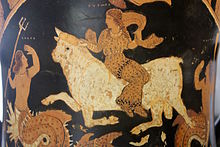 Rape of Europa from a krater, c. 350 BC
Rape of Europa from a krater, c. 350 BCArchaeological evidence from Paestum's first centuries indicates the building of roads, temples, and other features of a growing city. Coinage, architecture, and molded votive figurines all attest to close relations maintained with Metaponto in the sixth and fifth centuries.[8]
It is presumed that Poseidonia harbored refugees from its mother city, Sybaris, when that city was conquered by Croton in 510 BC. In the early fifth century, Poseidonia's coins adopted the Achaean weight standard and the bull seen on Sybarite coins. A. J. Graham thinks it was plausible that the number of refugees was large enough for some kind of synoecism to have occurred between the Poseidonians and the Sybarites, possibly in the form of a sympolity.[9]
Poseidonia might have had a major share in a new foundation of Sybaris, which lasted from 452/1 BC until 446/5 BC. This is suggested by the great resemblance of the coins of Sybaris to those of Poseidonia during this period. Possibly a treaty of friendship between Sybaris, its allies, and the Serdaioi (an unknown people) dates to this new foundation, because Poseidonia was the guarantor of this treaty.[10][11]
 Fresco from the "Tomb of the Black Rider", c. 340 BCLucanian period
Fresco from the "Tomb of the Black Rider", c. 340 BCLucanian period
 Fresco of chariot race and the winning post, third century BC, in the museum
Fresco of chariot race and the winning post, third century BC, in the museumIt is not until the end of the fifth century BC that the city is mentioned, when according to Strabo, the city was conquered by the Lucanians. From the archaeological evidence it appears that the two cultures, Greek and Oscan, were able to thrive alongside one another.
Many tomb paintings show horses and horse-racing, a passion of the Lucanian elites.
Roman period and abandonmentIt became the Roman city of Paestum in 273 BC in the aftermath of the Pyrrhic War, in which the Graeco-Italian Poseidonians sided with king Pyrrhus of Epirus against the Roman Republic.
During the Carthaginian invasion of Italy by Hannibal, the city remained faithful to Rome and afterward, was granted special favours such as the minting of its own coinage. The city continued to prosper during the Roman imperial period and became a bishopric as the Roman Catholic Diocese of Pesto around 400 AD.
It started to go into decline between the fourth and seventh centuries AD, and was abandoned during the Middle Ages. The bishopric was suppressed in 1100. Like Naples and most of the surrounding region, the inhabitants presumably spoke a Greek dialect throughout its history. The decline and desertion were probably due to changes in local land drainage patterns, leading to swampy malarial conditions. Raids by "Saracen" pirates and slavers also may have been a deciding factor. The remaining population seems to have moved to the more easily defended cliff-top settlement at Agropoli (i.e. "acropolis" or "citadel" in Greek), a few kilometres away, although this settlement became a base for Muslim raiders for a period. The Paestum site became overgrown and largely forgotten, although some stone spolia were collected and used in Salerno Cathedral by Robert Guiscard (d. 1085).
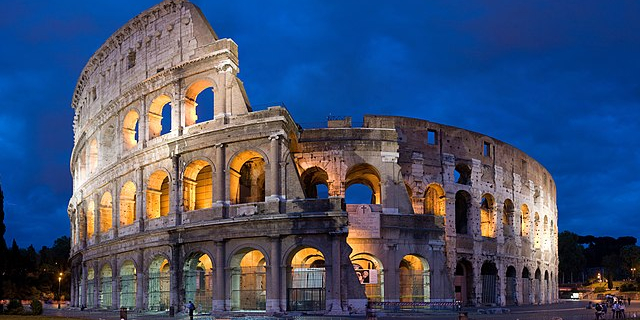

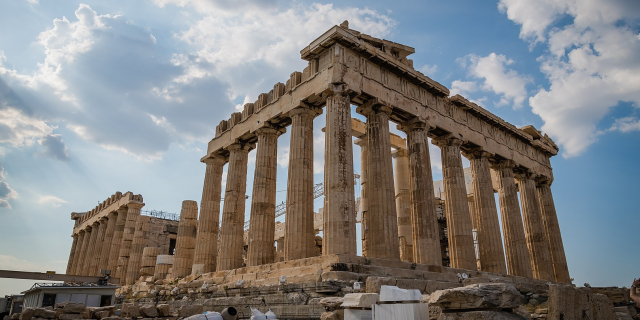


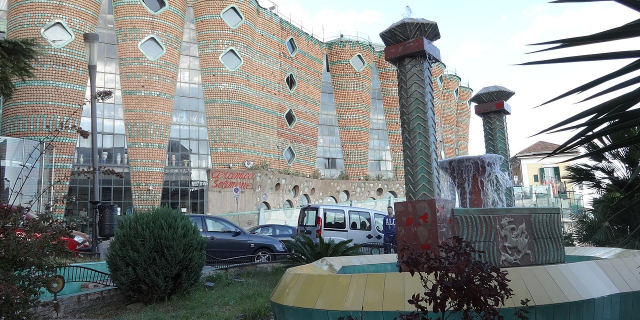

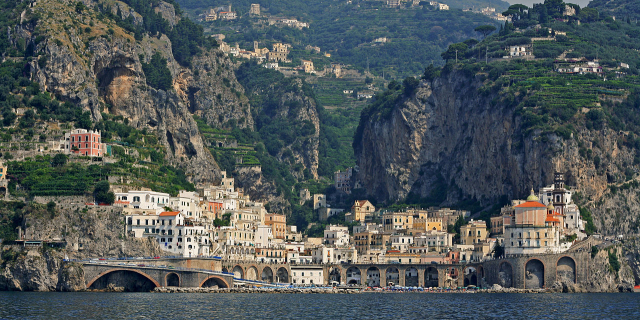




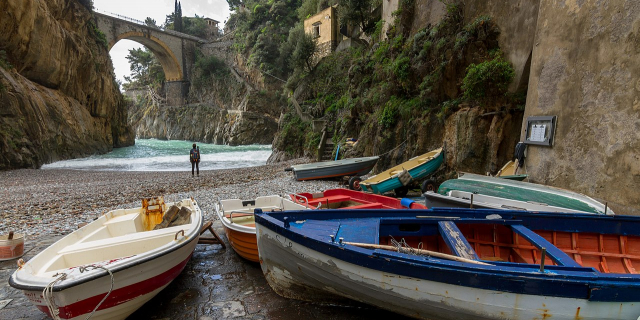
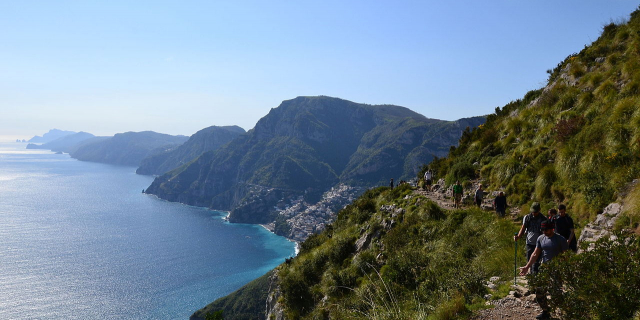



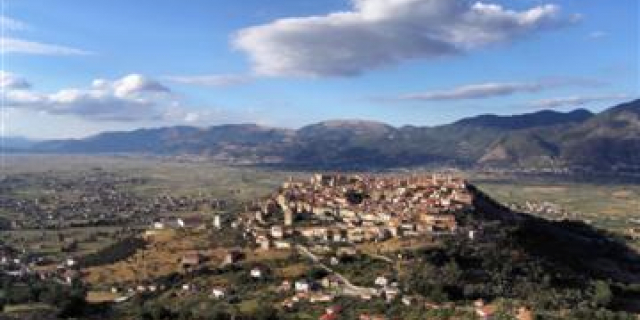

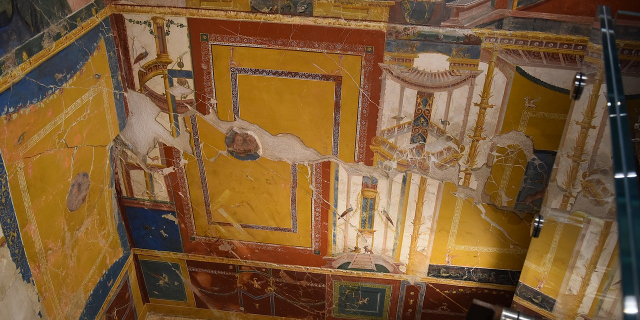

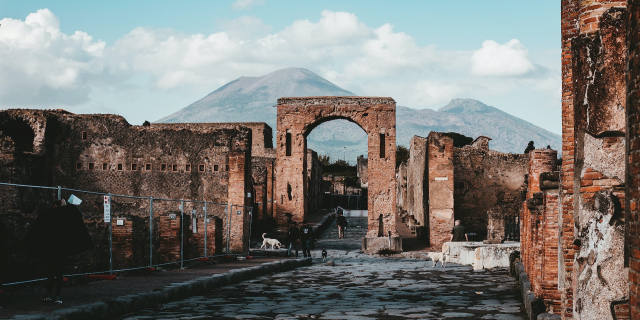

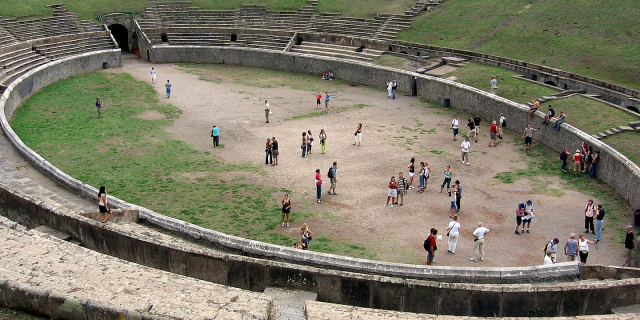
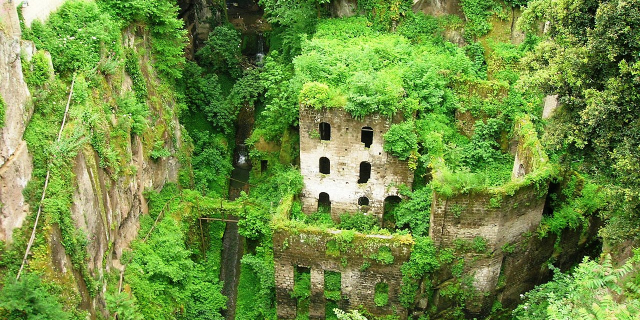



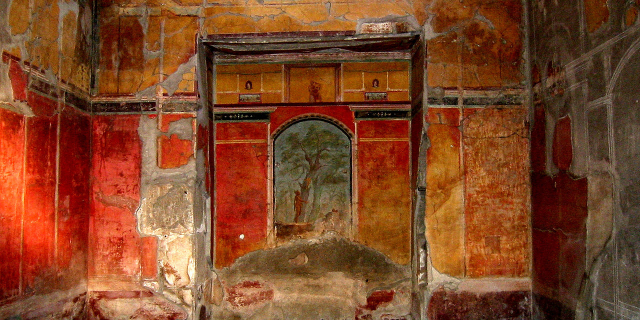


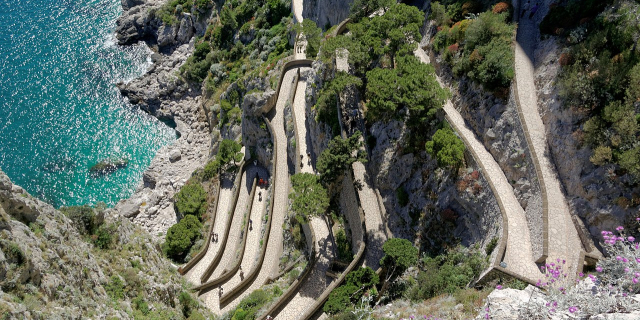
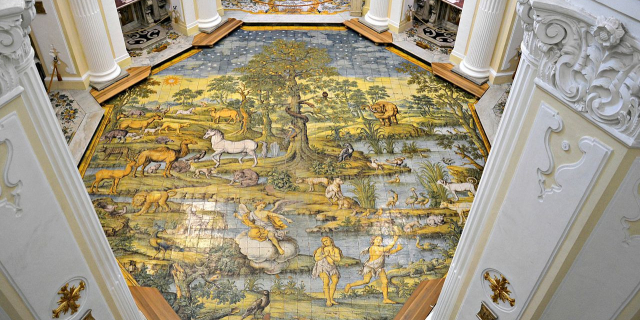

Add new comment